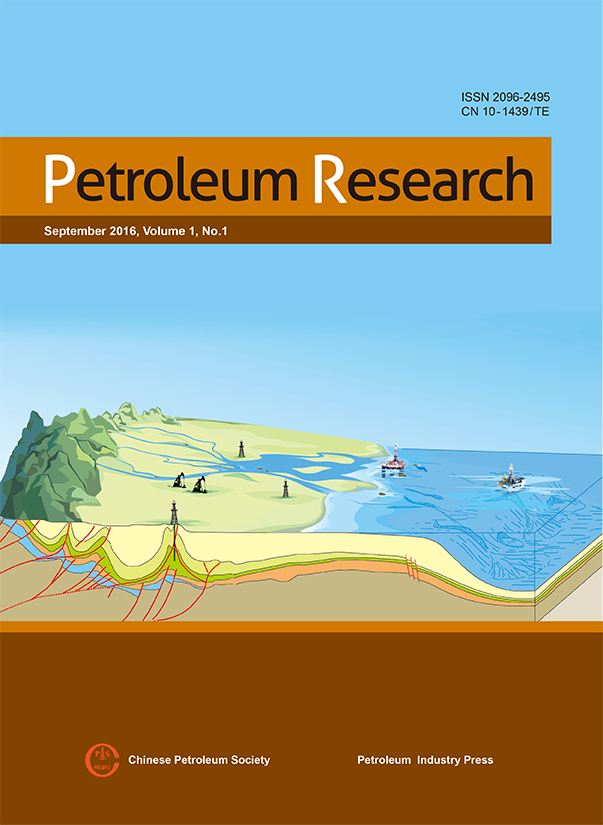An evaluation workflow for shale oil and gas in the Jiyang Depression, Bohai Bay Basin, China: A case study from the Luojia area in the Zhanhua Sag
Yongshi Wang, Zheng Li, Jianqiang Gong, Jiajun Zhu, Yunqing Hao, Xuefeng Hao and Yong Wang
Research Institute of Geoscience, SINOPEC Shengli Oilfield Company, Shandong 257015, China Received February 8, 2016; Accepted September 1, 2016
Shale oil and gas plays in continental rift basins are complicated and have not been reported elsewhere. In the Luojia area of the Jiyang Depression, an evaluation workflow for shale oil and gas in this continental rift basin is proposed. Based on analysis of oil- and gas-related geological conditions, a favorable area of shale oil and gas can be identified, and a high-frequency sequence stratigraphic framework of the target area can be established, therefore, the spatiotemporal distribution of shale has been elucidated in the Luojia area. According to the rock texture, structure, composition and color, petrographic classification criteria for shale are determined, and well log data are used to demarcate, track and predict high-quality lithofacies. Based on geochemical analyses and physical simulations of hydrocarbon generation, abundance, types and maturity of organic matter are analyzed, furthermore, geochemical parameters criteria of hydrocarbon generation and the characteristics of oil and gas occurrence in shales can be determined. Storage space types, assemblages and evolution characteristics of shale reservoirs are studied through core observation, thin-section analysis, electron microscopy examination and fluorescence spectrometry. Combined with analysis of reservoir physical properties, the reservoir performance is evaluated. A saturation model is established based on core analysis, well-log interpretation and well-test production data. The model is further used for evaluation of the movable hydrocarbon contents and integrated assessment of the oil potential. Finally, the shale oil and gas production capacity and exploration prospects in the Luojia area are forecasted based on the analyses of factors controlling production capacity and the rock fracability. Through an integrated analysis of multi-factors (including the lithofacies, source rocks, reservoir properties, oil saturation, and production capacity), the shales in the Luojia area can be divided into three categories, i. e., Class I (high porosity - high resistivity), Class II (medium porosity - medium resistivity), and Class III (low porosity - medium resistivity).
CITE:

Supervised by
China Association for Science and Technology
Sponsored by
Chinese Petroleum Society
Petroleum Industry Press Co., LTD
Edited by
Editorial office of Petroleum Research
No 6 Liupukang Street, Xicheng District
Beijing, 100724, China
Published by
Petroleum Industry Press Co., LTD.,
No 1 Building, Block 2, Andingmenwai Street,
Beijing, 100011, China
Editor-in-Chief Jia Chengzao
Deputy Editor-in-Chief Liu Keyu
ISSN 2096-2459CN 10-1439/TE

